The National Marine Sanctuaries Webinar Series provides educators, students, and the interested public with educational and scientific expertise, resources, and training to support ocean and climate literacy. A compiled list of marine debris related webinars on marine debris education, mitigation plans, and removal projects can be found in this collection.

The Harte Research Institute at Texas A&M University Corpus Christi conducts weekly beach surveys to see what is washing up along Texas shorelines, then shares this information to educate the public. Jace Tunnell will talk about some of the odd and interesting things he has found during his beach surveys, including over 40 messages in a bottle, a live alligator, a prosthetic leg, illegal fishing gear, creepy dolls, money, and much more. The overall message is that debris in the ocean has real consequences for marine life in and out of the ocean.
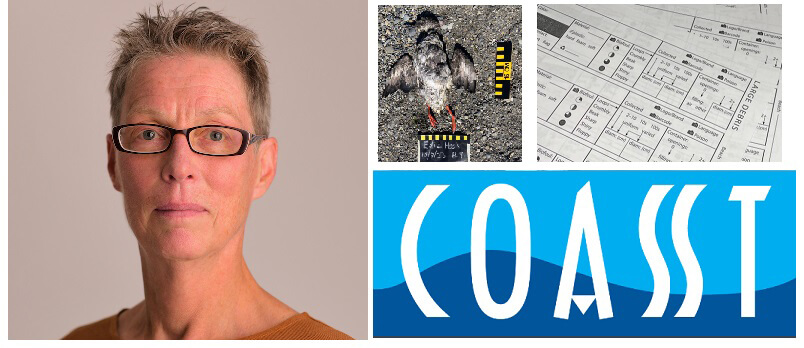
Learn more about this West Coast citizen science program involving hundreds of participants collecting monthly data on the identity and abundance of beach-cast birds and marine debris, with the goal of creating the definitive baseline against which the impacts of any near-shore catastrophe could be measured.
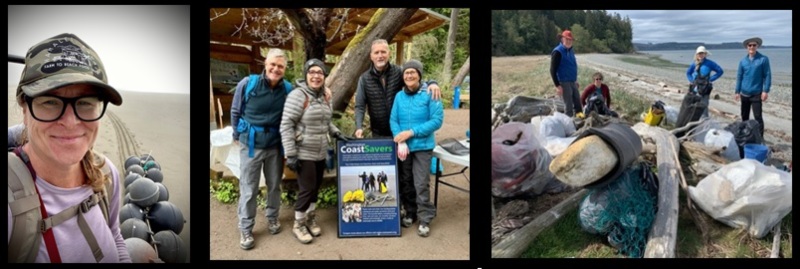
Join Washington CoastSavers Coordinator, Megan Juran, to hear about the work that partners and volunteers have been doing to clean marine debris off Washington’s Pacific Coast and Strait of Juan de Fuca beaches. Learn about the successes of “Salish Synergy,” a recently completed NOAA Marine Debris Program grant that included an innovative international recycling component. Also, learn about an exciting new grant, “Clean Coast Quest!” made possible through Sea Grant/NOAA funding.
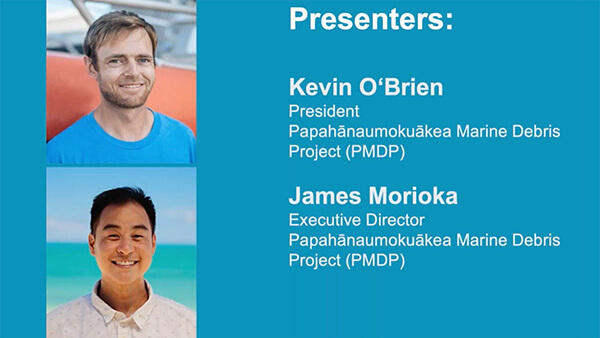
Last month, the Papahānaumokuākea Marine Debris Project (PMDP) wrapped up their 2022 field season, successfully removing over 200,000 pounds of marine debris from the reefs and shorelines of Papahānaumokuākea Marine National Monument. Despite being one of the most acute problems facing the monument, marine debris is fortunately one of the most easily mitigated problems, given enough time and resources. Join us for an hour of stories from the field highlighting the challenges and successes of this remote and difficult work.
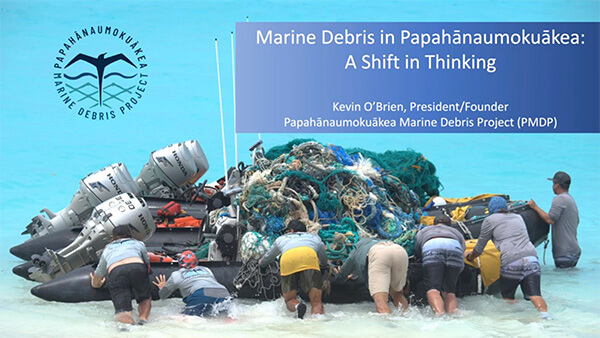
How do you remove over 300,000 pounds of marine debris in one year? Join us as Papahānaumokuākea Marine Debris Project President/Founder Kevin OʻBrien shares about the three large-scale debris removal efforts in Papahānaumokuākea over the last year that shifted the way we think about solving the problem of marine debris in the Monument.
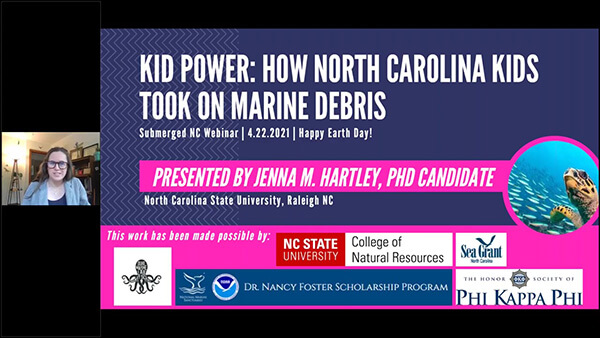
Join Jenna Hartley, North Carolina State University PhD student and Dr. Nancy Foster Scholar, as she details her research project involving the power of young people as community change-agents on the topic of marine debris. Hear how 2,500 North Carolina 4th & 5th graders, across the state from the mountains to the sea, collected thousands of pounds of trash. Learn how they delivered creative presentations to the public and won over the hearts and minds of their local officials and politicians across the state.
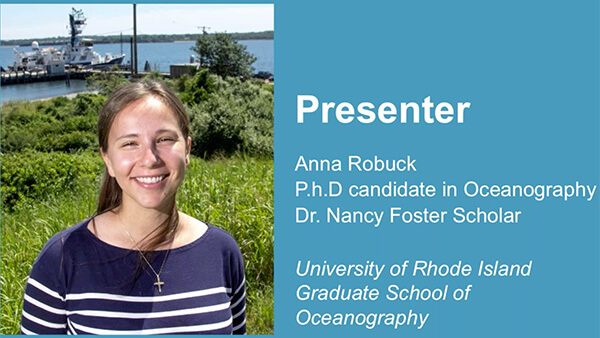
This presentation provides an overview of the ocean plastic pollution problem, explaining the difference between marine debris and microplastics. It also will outline the current state of knowledge about microplastic impacts in the ocean and marine food webs, and provide insight into an ongoing research project using seabirds as indicators of plastic pollution in the Northwest Atlantic.
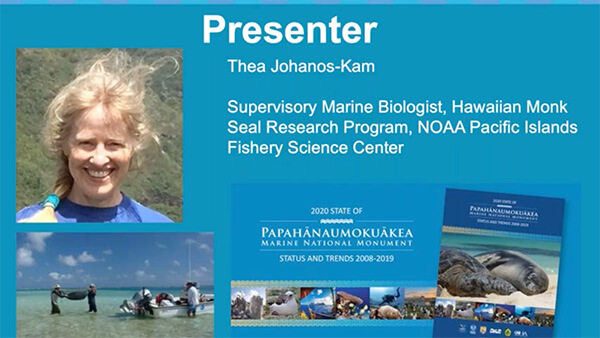
The endangered Hawaiian monk seal population is estimated at 1,400 seals, with the majority of the population (1,100) residing within Papahānaumokuākea Marine National Monument. This presentation focuses on recent impacts to the second largest monk seal population at Lalo (French Frigate Shoals) after the loss of two important pupping islets in 2018.
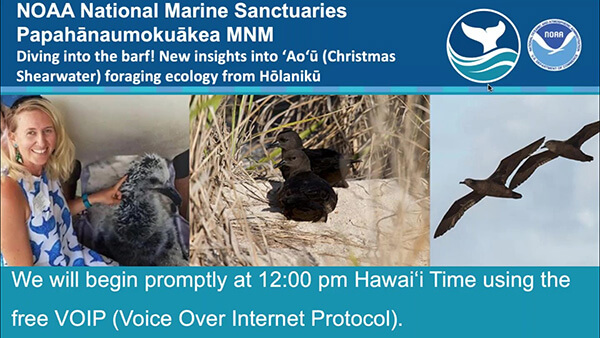
Join ecologist Ilana Nimz as she shares ten years of conservation efforts at Hōlanikū before focusing on the cryptic and understudied ʻAoʻū (Christmas/Chocolate shearwater; Puffinus nativitatis), one of the US Fish & Wildlife Service's 2021 Birds of Conservation Concern. The protected waters of Papahānaumokuākea Marine National Monument are critical for ʻAoʻū, as foraging grounds abundant with larval fish and protected from fisheries facilitates the recovery of the shearwater populations in the Northwestern Hawaiian Islands.
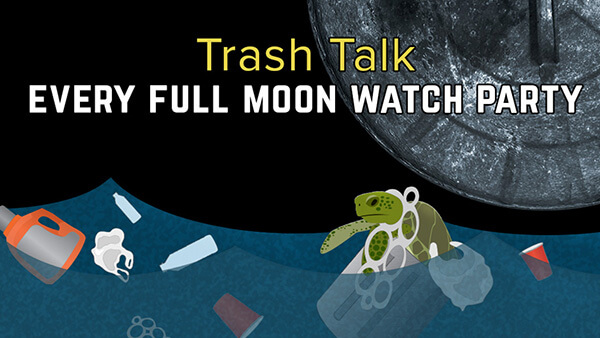
Join Baltimore’s hometown marine science educator and Ocean Today host, Symone Barkley, as she explores the challenges and successes of keeping our rivers, bays and ocean free of marine debris.
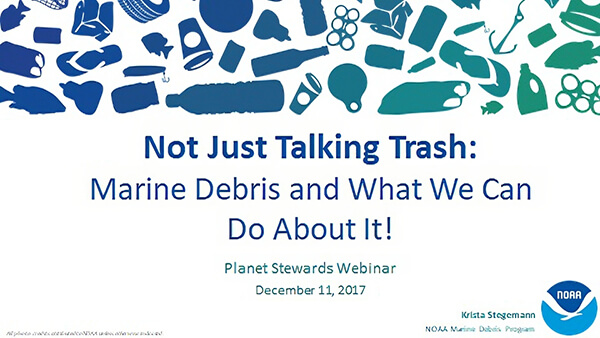
Learn how to talk about and connect to the problem of marine debris, resources to help you, what we’re still learning, and how to be part of the solution.
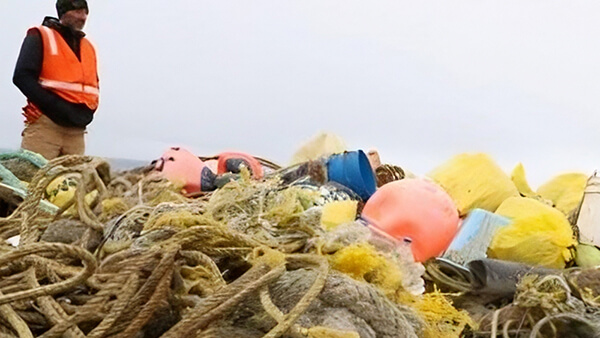
With Alaska's extensive, rugged and remote coastline, longer than the rest of the United States coastline combined, innovative and creative approaches are required to address marine debris. Join us to learn about marine debris of all shapes and sizes, as well as projects that NOAA and community partners are doing in Alaska to conduct marine debris research, removal and prevention.
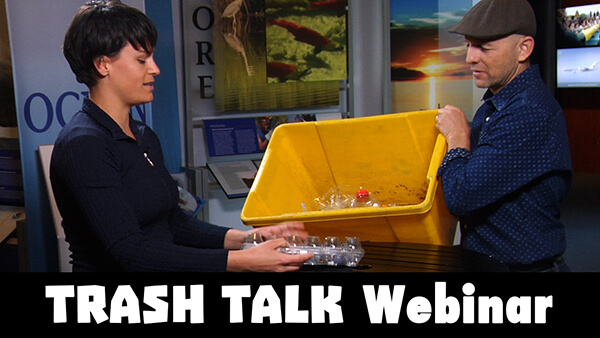
Our TRASH TALK Webinar for Educators provides fun activities that you can organize after showing the film! It's a perfect event for museums, zoos, aquariums, learning centers and schools. Featuring NOAA Marine Debris Program Educational Specialist Leah Henry, this fun and informative 10 minute webinar provides a quick demonstration of hands-on activities you can easily offer after you show other TRASH TALK videos. Each activity requires props found at home or the office and is easy to prepare.